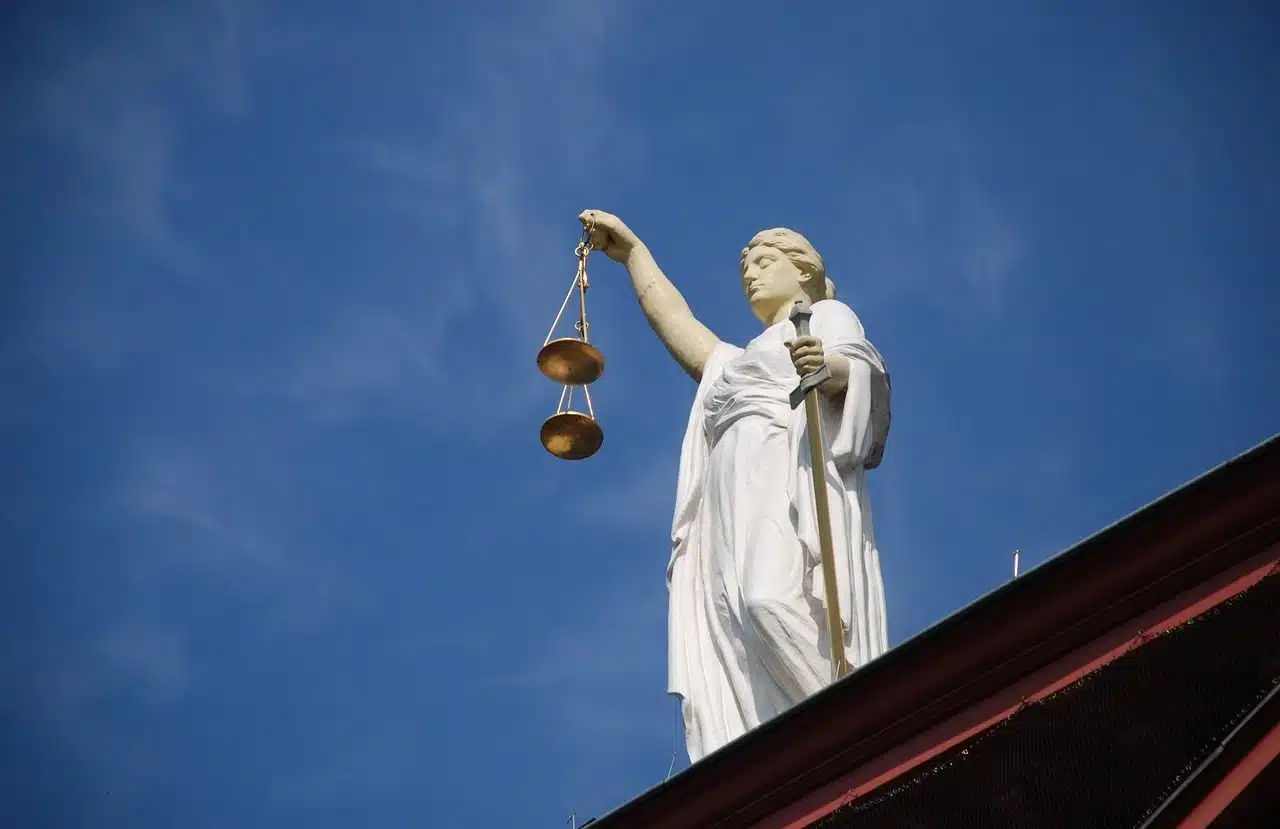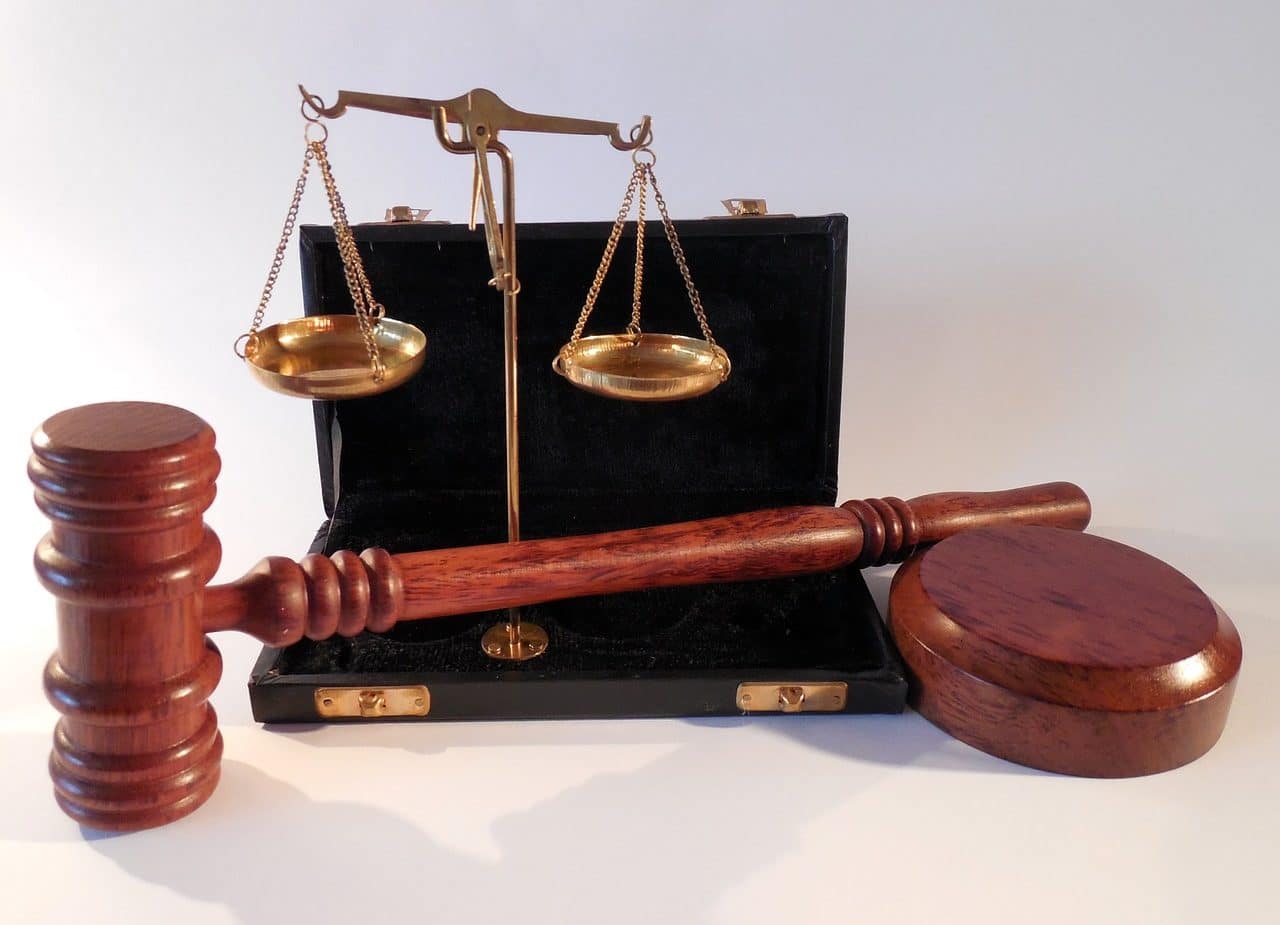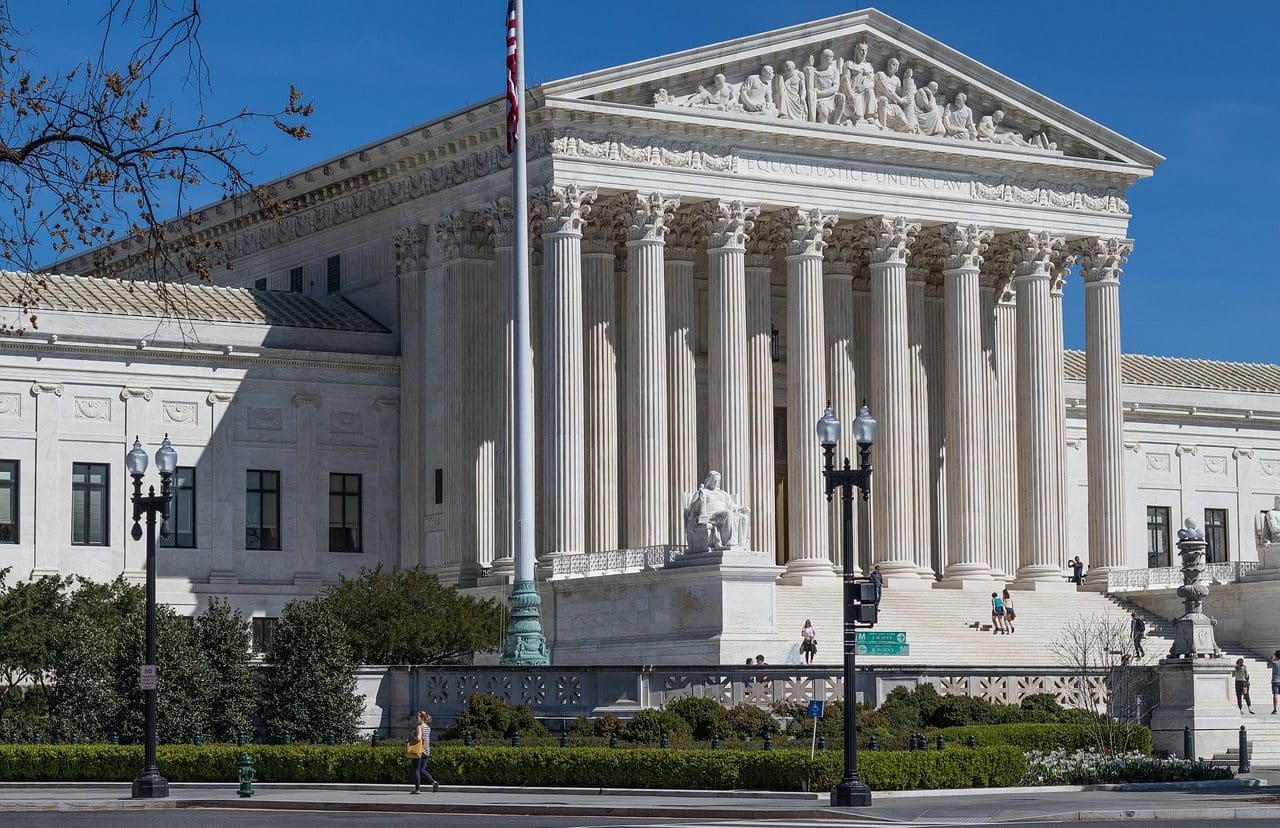
A supreme court can establish jurisprudence and ensure the legality of the rulings of other bodies.
The supreme court is the highest judicial body in a legal system. Beyond this generic definition, the specific powers and even the name of this type of entity depends on each legislation .
It should be noted that, when referring to a particular body , the concept must be written with initial capital letters: Supreme Court . The same should be done with alternative names, such as the High Court or the Supreme Court of Justice .
Characteristics of a supreme court
A supreme court can have different characteristics, as we already indicated. It is usual that its main function is to guarantee respect for the Constitution , taking care of the guarantees and rights enunciated in the Magna Carta. For this, it is responsible for the final interpretation of the regulations.
Through the rulings of the supreme court, the constitutionality of state actions is controlled and the legal system is systematized. At the same time, conflicts between the State and citizens or even between people are resolved.
Sometimes, these powers are shared between two organizations. Thus, the control role can be exercised by the Supreme Court and the Constitutional Court , to mention one possibility.
It is also possible that the supreme court does not have judicial jurisdiction in constitutional matters and that this power remains directly in the hands of another body. In these cases, the supreme court is usually in charge of safeguarding equality before the law and the uniform application of interpretative criteria.

Judicial review of certain verdicts through legal interpretation is one of the functions of a supreme court.
The case of Spain
The Supreme Court of Spain , based in Madrid , is at the head of the Judicial Branch of said European nation. Its establishment took place through the Political Constitution of the Spanish Monarchy of 1812 and currently it functions according to the provisions of the Spanish Constitution of 1978 .
This supreme court is the highest-ranking body in all levels of jurisdiction , both criminal, civil, military, social and contentious-administrative. Constitutionality, however, is examined and ensured by the Constitutional Court , which is independent.
Regarding the composition of the Supreme Court of Spain , it should be noted that it has five chambers: the First Chamber (Civil), the Second Chamber (Criminal), the Third Chamber (Litigation-Administrative), the Fourth Chamber (Social) and the Fifth (Military) Room .
It should be noted that the Supreme Court has a president and the magistrates who are in charge of the different chambers. The proposal of these authorities is carried out by the General Council of the Judiciary , while the appointment is made by the King of Spain .

The determination of the presidency of the supreme court depends on the law of each nation.
The Supreme Court of Argentina
In the Argentine Republic , the supreme court is the Supreme Court of Justice of the Nation . Its attributes are established in the National Constitution .
The Supreme Court intervenes in questions of jurisdiction, appeals for denied appeals and invocations, for example. It should be considered that, as the highest court in the country, its sentences can only be appealed before the Inter-American Court of Human Rights or another authorized international organization.
Unlike what happens with the Supreme Court of Spain , the Supreme Court of Justice of Argentina controls the constitutionality of the rules, thus being a guarantor of democracy . It also decides appeals as a last resort.
Currently, the Supreme Court of Argentina has five members. These judges are appointed by the president with the consent of the Senate .
Other organs
The Supreme Court of the United Kingdom was born in 2009 , when the Constitutional Reform Act signed four years earlier came into effect. This body assumed certain judicial functions that, until then, the House of Lords had.
This supreme court is the highest court at the civil level, in charge of resolving conflicts linked to the laws approved by the government and those that arise between state powers. Its jurisdiction is the entire United Kingdom , which means it can act on the judicial systems of Northern Ireland , Scotland , Wales and England .
In its structure, the Supreme Court of the United Kingdom has a president, a vice-president and a dozen judges. Each judge is recommended by the prime minister and appointed by the king.
The Supreme Court of Sweden , meanwhile, is the final instance of criminal and civil cases in that country. These cases come to this supreme court after an appeal and if it is considered that they can set a precedent.
The sixteen justice counselors that make up the body are appointed by the government. In any case, the Supreme Court of Sweden has independence.
On the American continent, we find the Supreme Court of Justice of Bolivia , founded in 2009 by the Political Constitution of the Plurinational State of Bolivia . Together with the Plurinational Constitutional Court , the Agro-Environmental Court and the Council of the Judiciary , it forms the Judicial Body of the nation.
In Cuba , the Supreme People's Court is the main judicial authority. Among its tasks, it assumes the issuance of rules that the rest of the nation's courts must comply with and promotes uniformity in judicial practices when interpreting and applying the rules.
